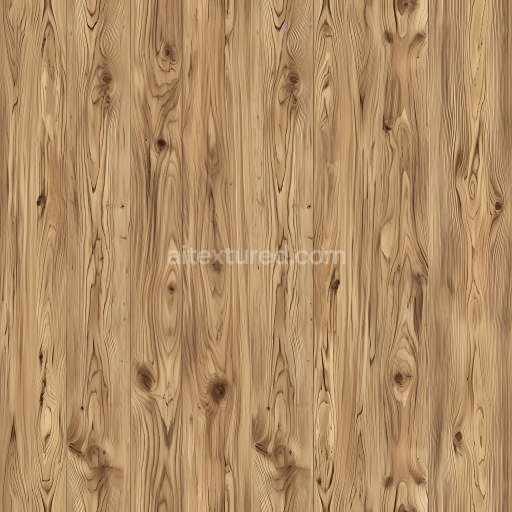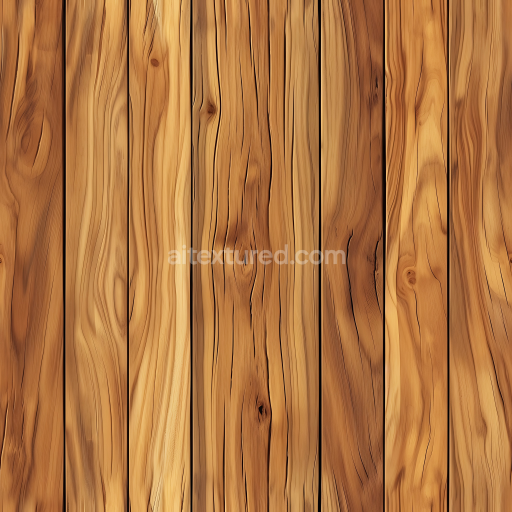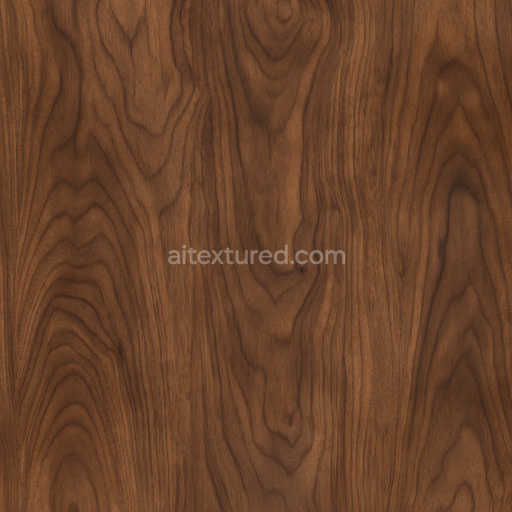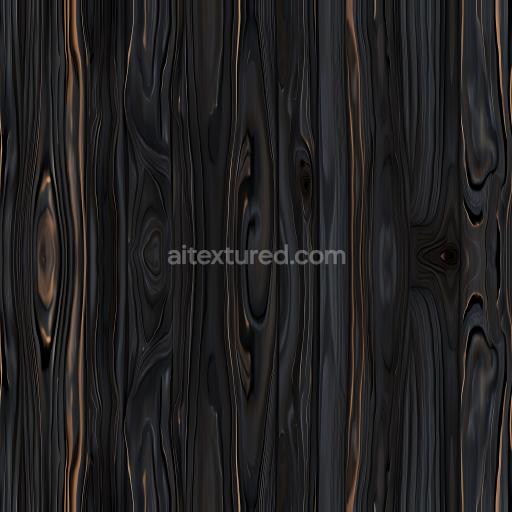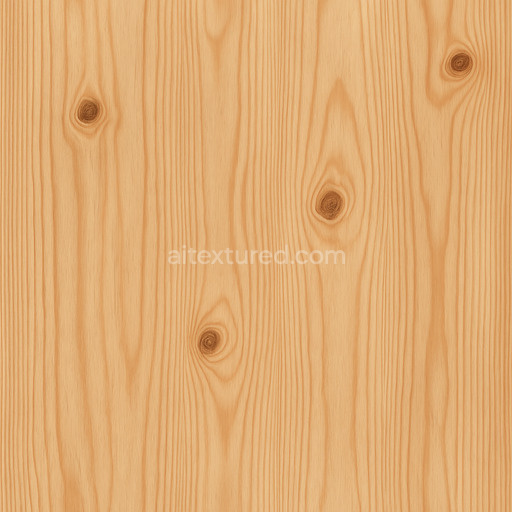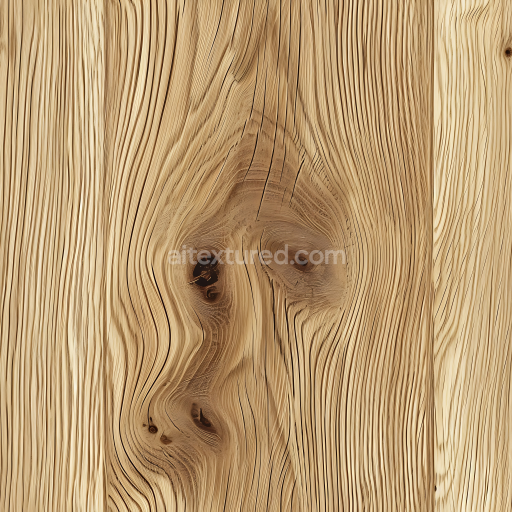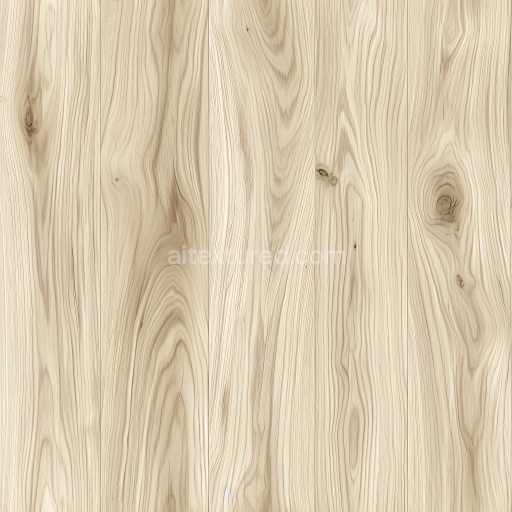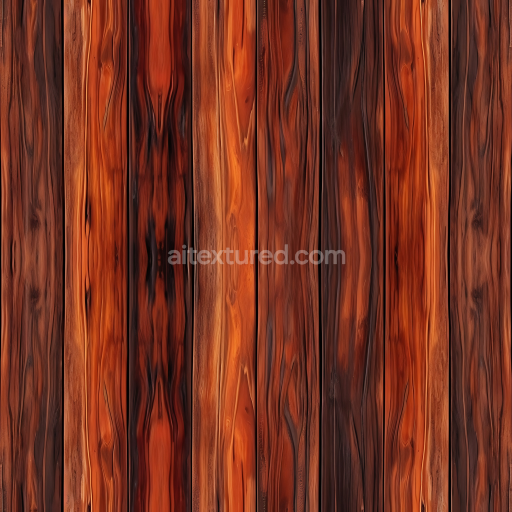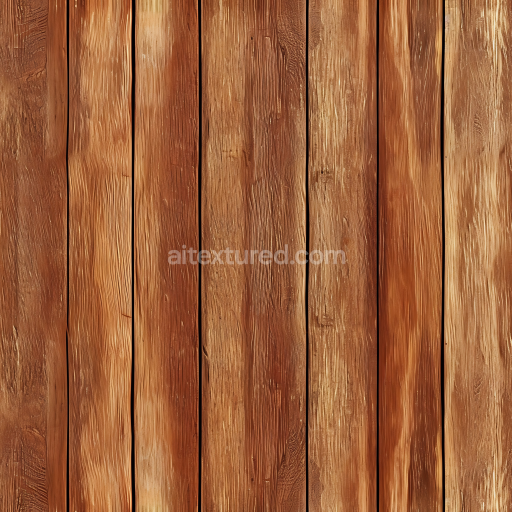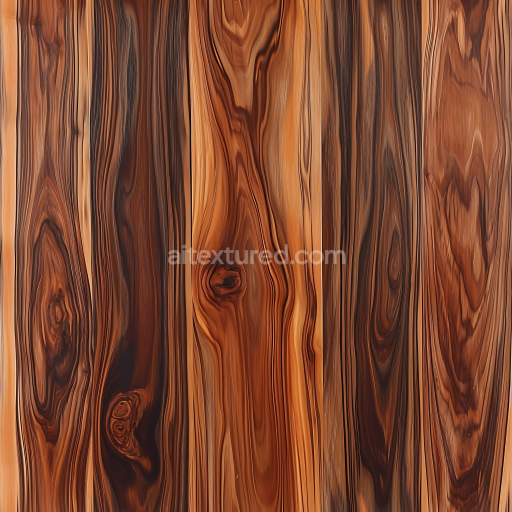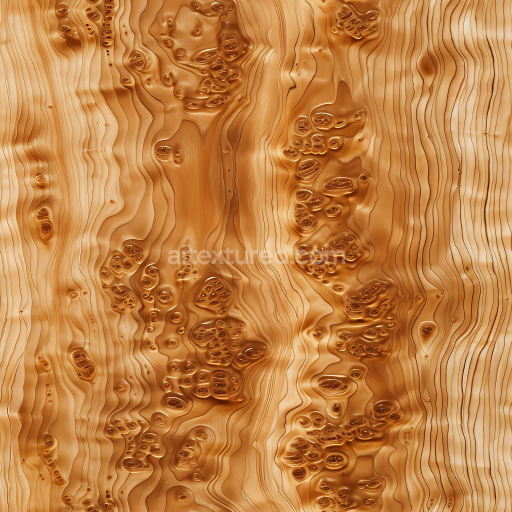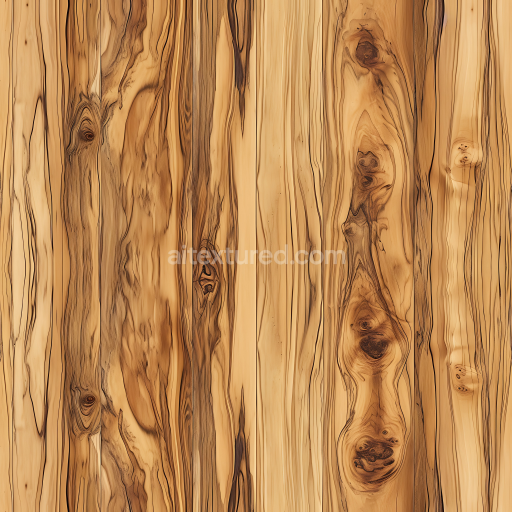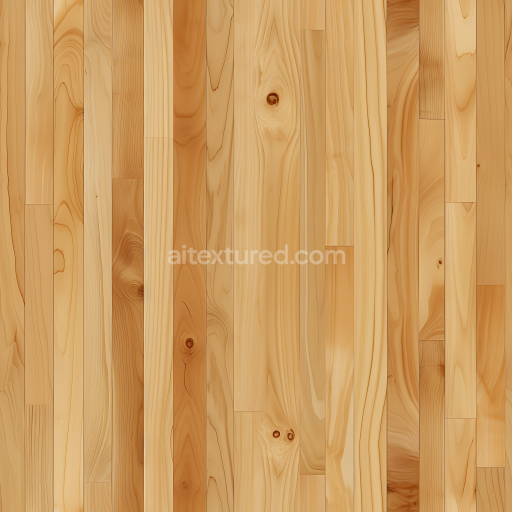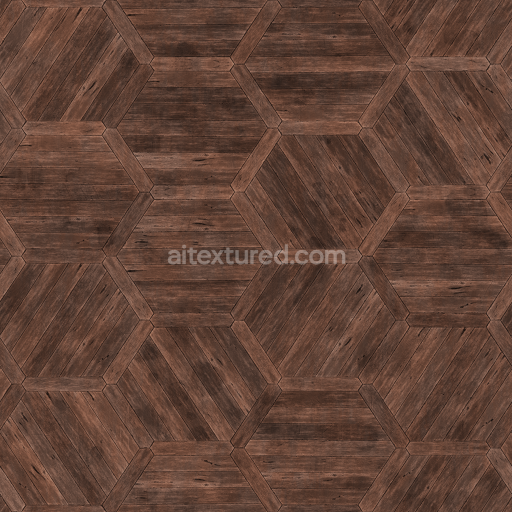The Seamless Dirt Floor texture by Texture Haven is a meticulously crafted high-quality PBR 3D material designed to authentically replicate natural outdoor soil surfaces found in forest and woodland environments. Its base substrate primarily consists of fine mineral particles blended with organic matter creating a complex earthy composition typical of natural dirt terrain. This organic surface features moderate porosity and subtle weathering effects such as erosion compaction and scattered debris accumulation which together evoke the natural processes shaping outdoor soil. The color palette conveys rich earthy browns and muted natural tones derived from mineral pigments and iron oxide layers resulting in an overall matte finish that highlights the raw unpolished character of outdoor floors rather than any artificial gloss or shine.
In terms of physically based rendering this texture excels by offering a comprehensive set of channel maps that ensure consistent and accurate shading across leading 3D engines like Blender Unreal Engine and Unity. The Base Color (Albedo) channel captures the nuanced color variations and organic inclusions without baked lighting preserving natural diffuse reflection. Fine surface details and micro-variations in grain and soil texture are represented through the Normal map while the Roughness map controls the matte surface appearance with subtle fluctuations that simulate varying moisture levels and soil texture differences. The Metallic channel is flat reflecting the non-metallic nature of dirt while Ambient Occlusion enhances depth perception by accentuating small crevices and depressions where soil and organic debris accumulate. The Height/Displacement map adds further realism by enabling parallax and tessellation effects that emphasize the unevenness and fine-scale terrain features inherent in natural dirt floors.
This texture is provided in ultra-high resolutions up to 8K making it ideal for large-scale environmental scenes that demand seamless tiling and exceptional detail across extensive outdoor surfaces. It integrates smoothly with Blender’s Principled BSDF shader—using sRGB for color data and Non-Color for all other maps—as well as Unreal Engine’s material system where it fits naturally into Base Color Roughness Normal and Ambient Occlusion slots. In Unity’s URP and HDRP pipelines it connects effectively to the Lit shader for physically accurate rendering results. For optimal visual consistency and realism it is recommended to maintain consistent texel density when applying this texture and to consider using triplanar or layered tiling techniques to minimize visible repetition. Combining the Normal map with Height or Parallax maps further enhances depth perception and surface detail especially in close-up views.
Overall this Seamless Dirt Floor texture offers a versatile reliable resource for recreating natural dirt terrain surfaces across various outdoor environments such as forest floors pathways and terrain bases. Its carefully balanced materials and detailed PBR channels provide exceptional realism and natural shading behavior making it well suited for both personal and commercial projects. When using this texture adjusting the UV scale to preserve detail consistency and fine-tuning the roughness parameter to simulate different soil moisture conditions can significantly improve the final visual outcome ensuring a convincing representation of outdoor dirt surfaces in any physically based rendering workflow.
How to Use These Seamless PBR Textures in Blender
This guide shows how to connect a full PBR texture set to Principled BSDF in Blender (Cycles or Eevee). Works with any of our seamless textures free download, including PBR PNG materials for Blender / Unreal / Unity.
What’s inside the download
*_albedo.png — Base Color (sRGB)*_normal.png — Normal map (Non-Color)*_roughness.png — Roughness (Non-Color)*_metallic.png — Metallic (Non-Color)*_ao.png — Ambient Occlusion (Non-Color)*_height.png — Height / Displacement (Non-Color)*_ORM.png — Packed map (R=AO, G=Roughness, B=Metallic, Non-Color)

Quick start (Node Wrangler, 30 seconds)
- Enable the addon: Edit → Preferences → Add-ons → Node Wrangler.
- Create a material and select the Principled BSDF node.
- Press Ctrl + Shift + T and select the maps
albedo, normal, roughness, metallic (skip height and ORM for now) → Open.
The addon wires Base Color, Normal (with a Normal Map node), Roughness, and Metallic automatically.
- Add AO and Height using the “Manual wiring” steps below (5 and 6).
Manual wiring (full control)
- Create a material (Material Properties → New) and open the Shader Editor.
- Add an Image Texture node for each map. Set Color Space:
- Albedo → sRGB
- AO, Roughness, Metallic, Normal, Height, ORM → Non-Color
- Connect to Principled BSDF:
albedo → Base Colorroughness → Roughnessmetallic → Metallic (for wood this often stays near 0)normal → Normal Map node (Type: Tangent Space) → Normal of Principled.
If details look “inverted”, enable Invert Y on the Normal Map node.
- Ambient Occlusion (AO):
- Add a MixRGB (or Mix Color) node in mode Multiply.
- Input A =
albedo, Input B = ao, Factor = 1.0.
- Output of Mix → Base Color of Principled (replaces the direct albedo connection).
- Height / Displacement:
Cycles — true displacement
- Material Properties → Settings → Displacement: Displacement and Bump.
- Add a Displacement node: connect
height → Height, set Midlevel = 0.5, Scale = 0.02–0.08 (tune to taste).
- Output of Displacement → Material Output → Displacement.
- Add geometry density (e.g., Subdivision Surface) so displacement has polygons to work with.
Eevee (or lightweight Cycles) — bump only
- Add a Bump node:
height → Height.
- Set Strength = 0.2–0.5, Distance = 0.05–0.1, and connect Normal output to Principled’s Normal.
Using the packed ORM texture (optional)
Instead of separate AO/Roughness/Metallic maps you can use the single *_ORM.png:
- Add one Image Texture (Non-Color) → Separate RGB (or Separate Color).
- R (red) → AO (use it in the Multiply node with albedo as above).
- G (green) → Roughness of Principled.
- B (blue) → Metallic of Principled.
UVs & seamless tiling
- These textures are seamless. If your mesh has no UVs, go to UV Editing → Smart UV Project.
- For scale/repeat, add Texture Coordinate (UV) → Mapping and plug it into all texture nodes.
Increase Mapping → Scale (e.g., 2/2/2) to tile more densely.
Recommended starter values
- Normal Map Strength: 0.5–1.0
- Bump Strength: ~0.3
- Displacement Scale (Cycles): ~0.03
Common pitfalls
- Wrong Color Space (normals/roughness/etc. must be Non-Color).
- “Inverted” details → enable Invert Y on the Normal Map node.
- Over-strong relief → lower Displacement Scale or Bump Strength.
Example: Download Wood Textures and instantly apply parquet or rustic planks inside Blender for architectural visualization.
To add the downloaded texture, go to Add — Texture — Image Texture.

Add a node and click the Open button.

Select the required texture on your hard drive and connect Color to Base Color.







